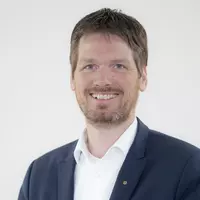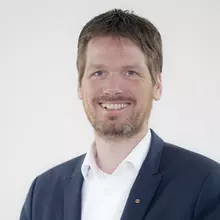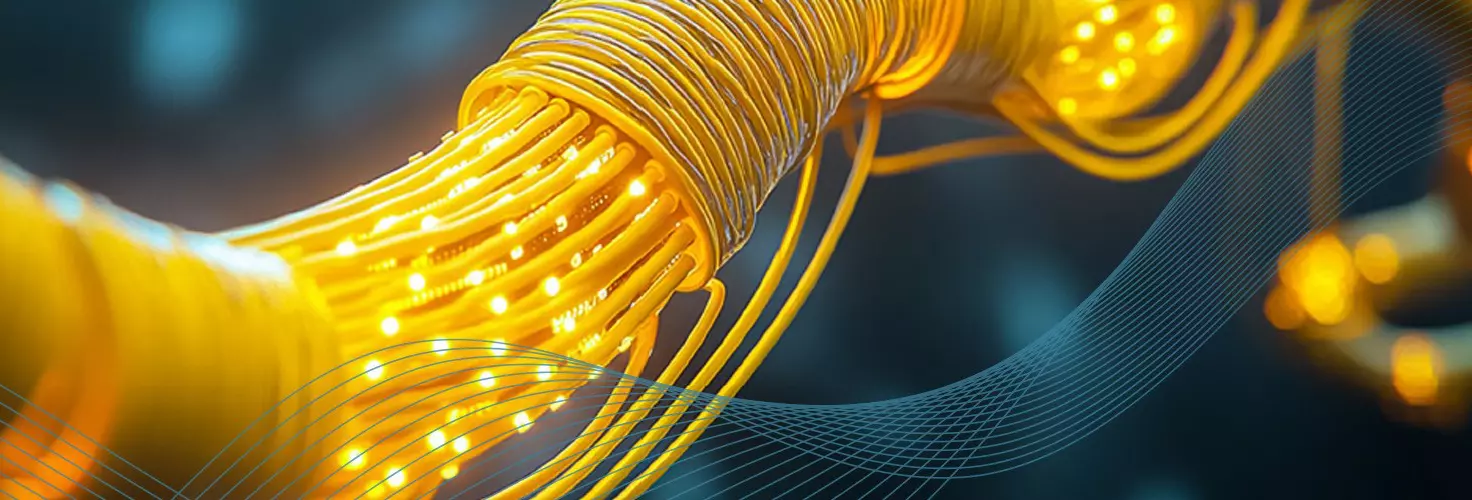Sector coupling and the associated comprehensive electrification also leads to more intelligent, controllable and therefore electrical consumers, which also save energy.

Dr Stephan Middelkamp
General Manager Quality & Technologies
The ambition of the AES could hardly be greater: it sees itself as a solution to the problem of energy supply for mankind - in other words, in its greatest form. The concept is not only intended to help cover today's needs, but also to take future energy requirements into account.
One of the UN Sustainable Development Goals (SDGs) is to provide people around the world with access to energy. Looking explicitly at electricity, around 759 million people, or 10 per cent of the world's population, were living without access to electricity in 2021 alone. In addition, there are hundreds of millions of people who have limited or unreliable access to electricity.
Renewable energy is the key here. Renewable energy needs to be generated consistently worldwide and distributed correctly: It should be available when it is needed or used when it is available.
Two interdependent lifelines
And this is precisely why sector coupling is needed in the AES. This comprises the coupling of sectors via energy and data - the two essential lifelines. Both are interdependent, with the energy flow taking place via the energy coupling of the sectors. Data is the communicative part, through which information on energy requirements is exchanged.
The ‘energy vein’ becomes tangible through AC and DC grids and intermediate storage. Batteries (electron storage), molecular (hydrogen, methane, e-fuels) or mechanical solutions such as hydroelectric power stations can be used for storage. The choice depends on the storage duration and response time.
Standardisation is essential for successful sector coupling of the ‘data wire’. However, pure standardisation of the data connector at the hardware level is not sufficient for control. The digital twin offers a promising alternative here. The IDTA is working with experts from various industries on so-called submodel templates that make this possible.
Smart consumers are coming
Sector coupling and the associated comprehensive electrification will also lead to more intelligent, controllable and therefore electrical consumers, which will also save energy. This effect also has a positive impact on the overall view of the AES, which will bring many changes and still harbours a number of challenges. Above all, however, it should be seen as a great opportunity to pave the way towards a sustainable society.
What can you expect?
In the coming issues, tec.news will follow this path - especially the coupling of sectors - very closely. A triad of strategic categorisations, illustrative projects from the industry and HARTING's experiences with successful cases with partners and customers form the supporting framework for each issue. The current content makes it clear how much the AES is progressing and how relevant the overarching goal is: To reduce CO2 emissions while still increasing the amount of energy available worldwide.

Dr Stephan Middelkamp
Position: General Manager Quality & Technologies
- Department: SSU QT
- Company: HARTING Stiftung & Co. KG
